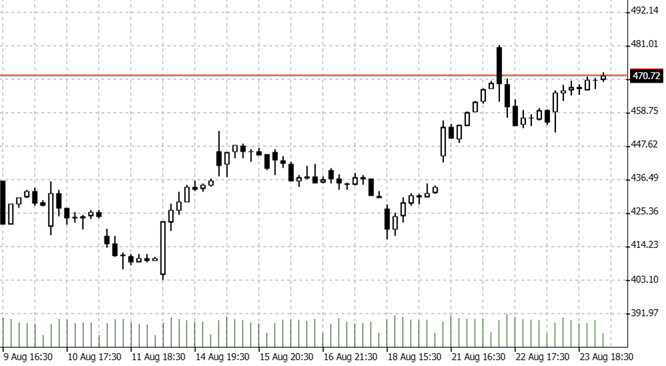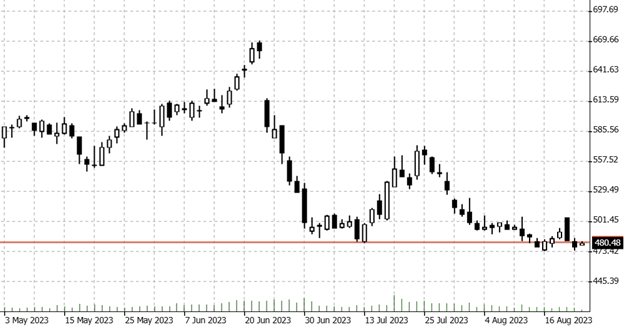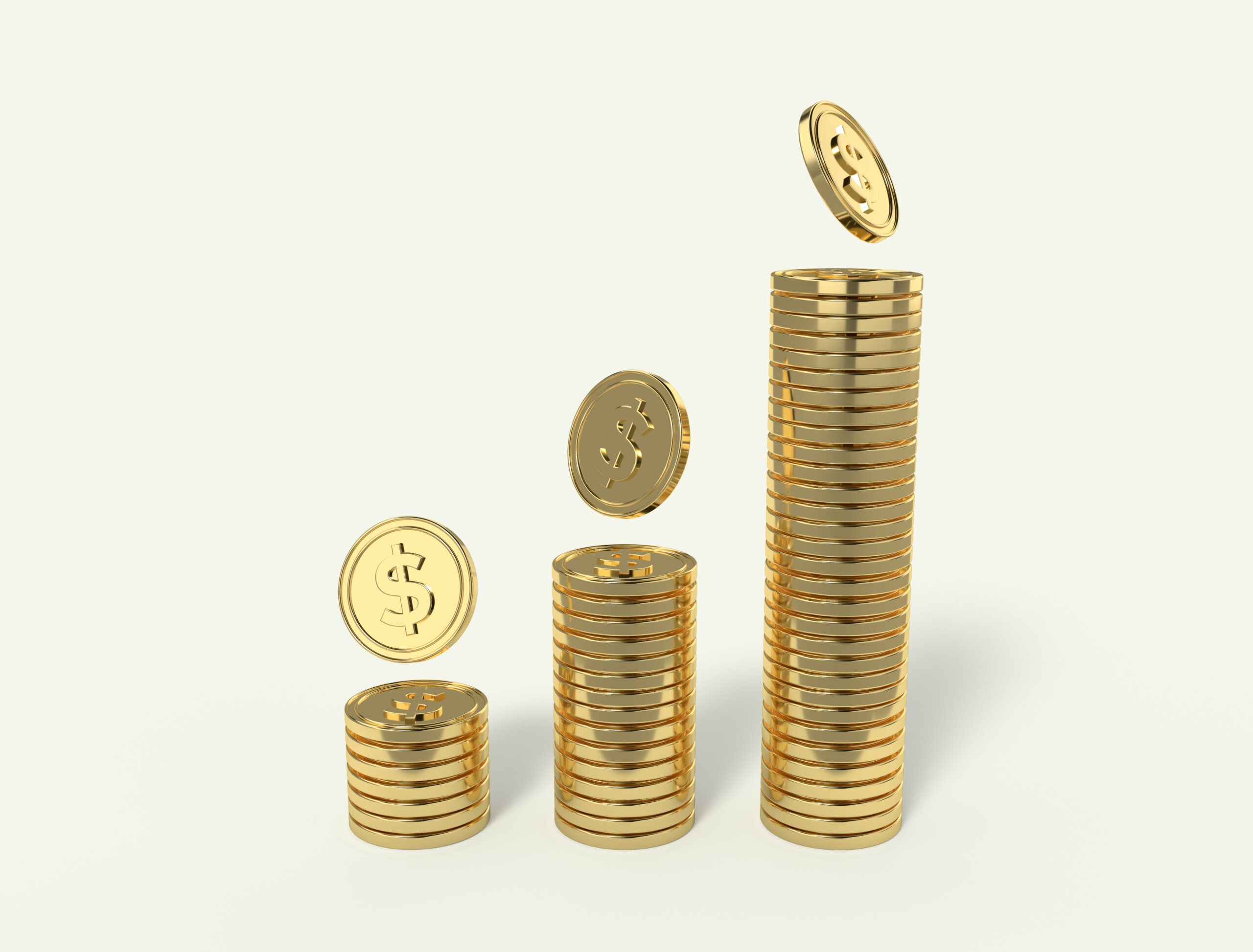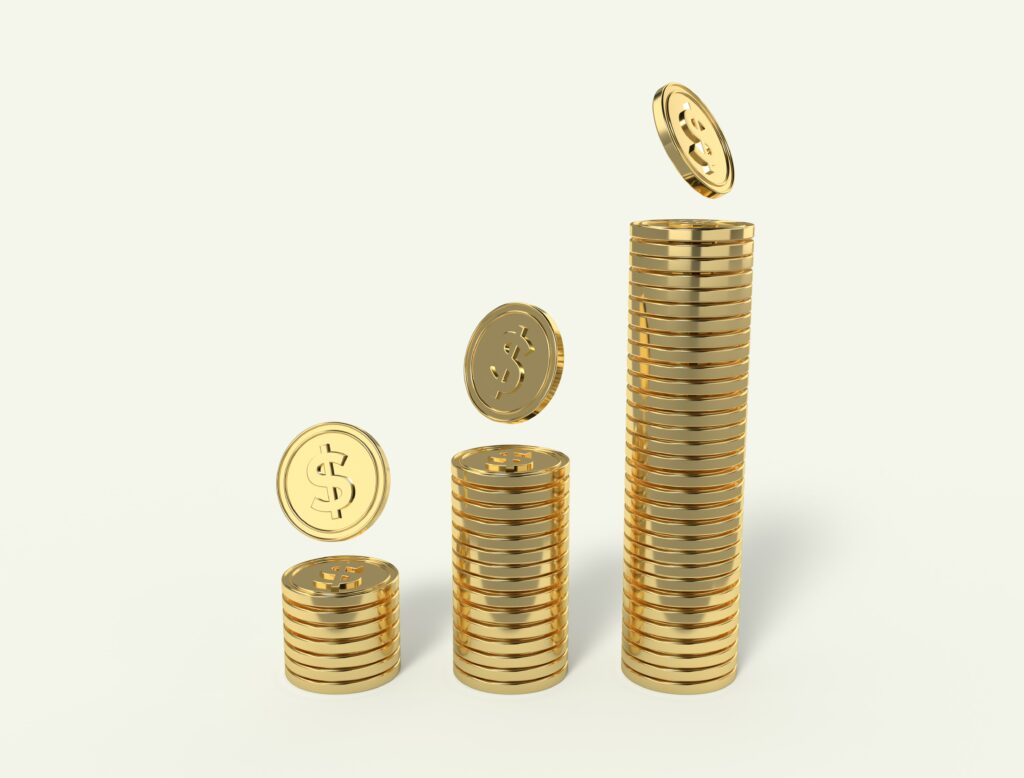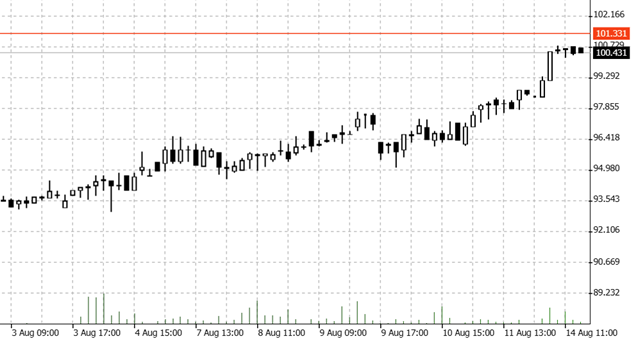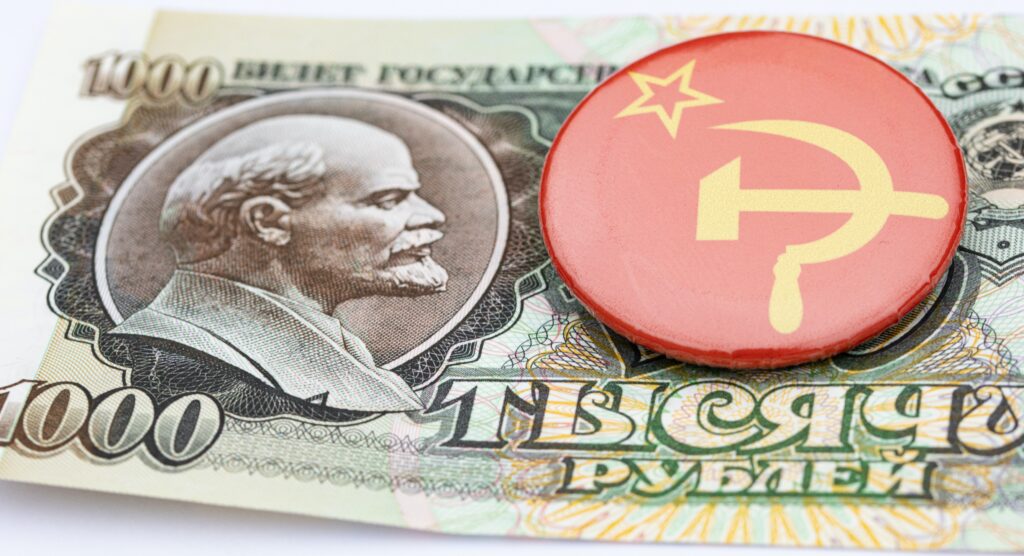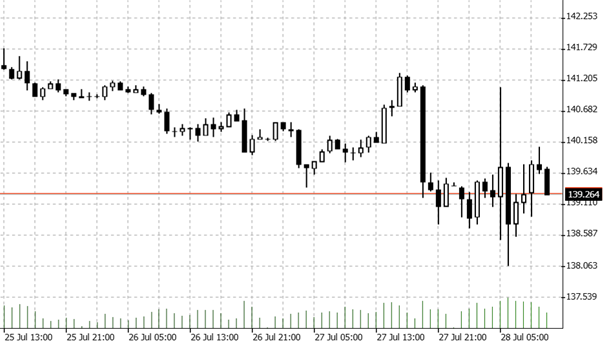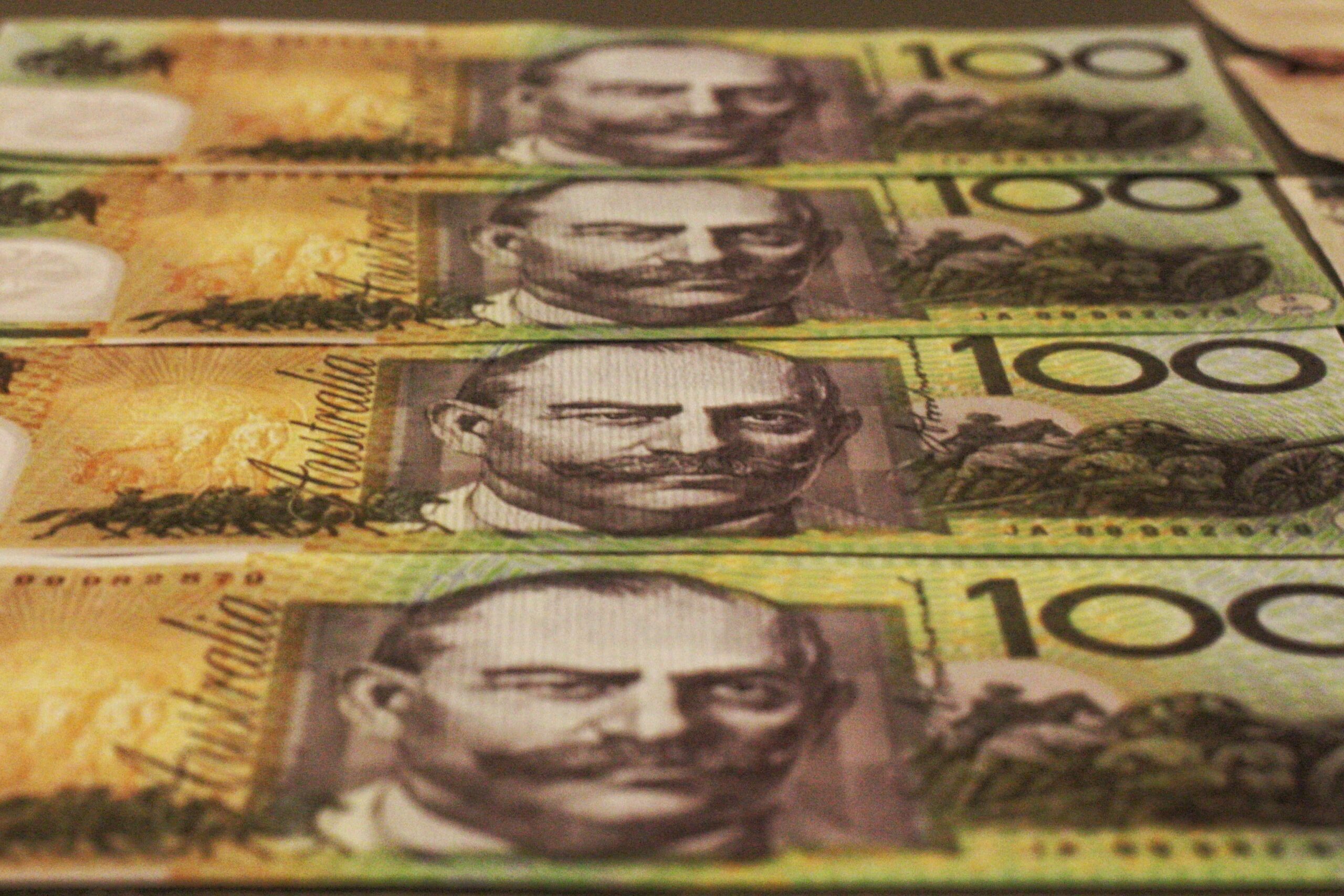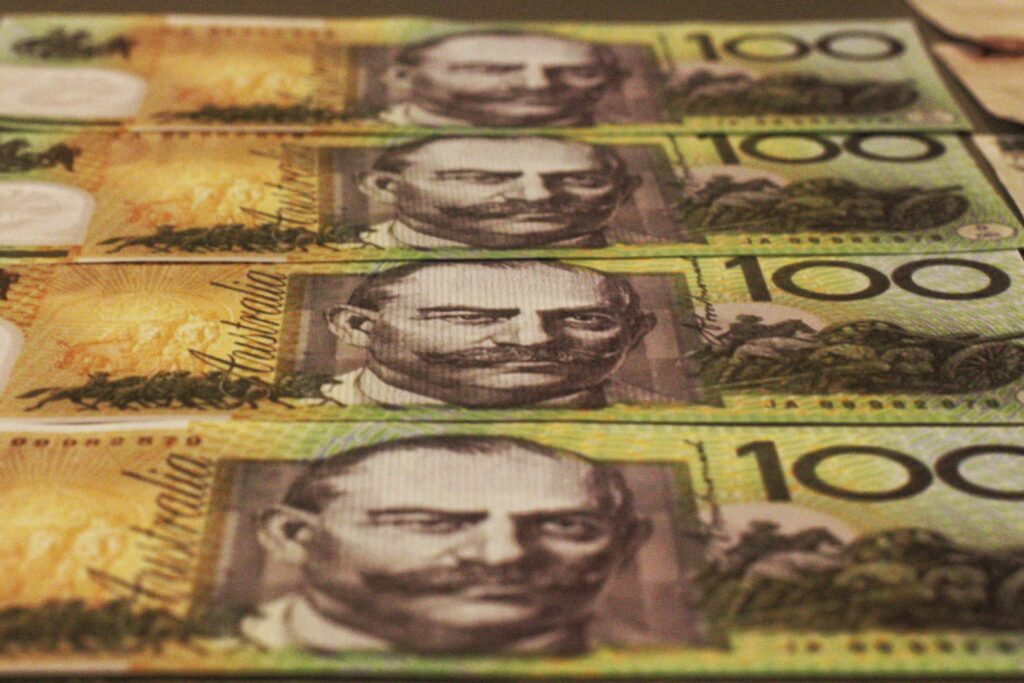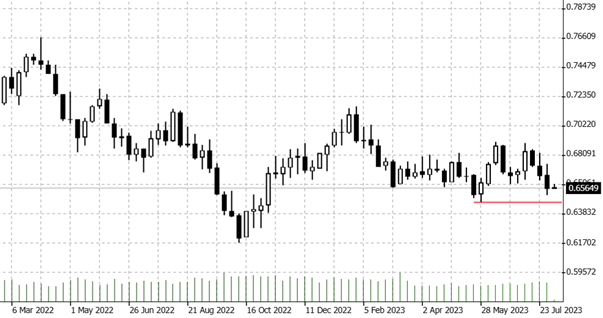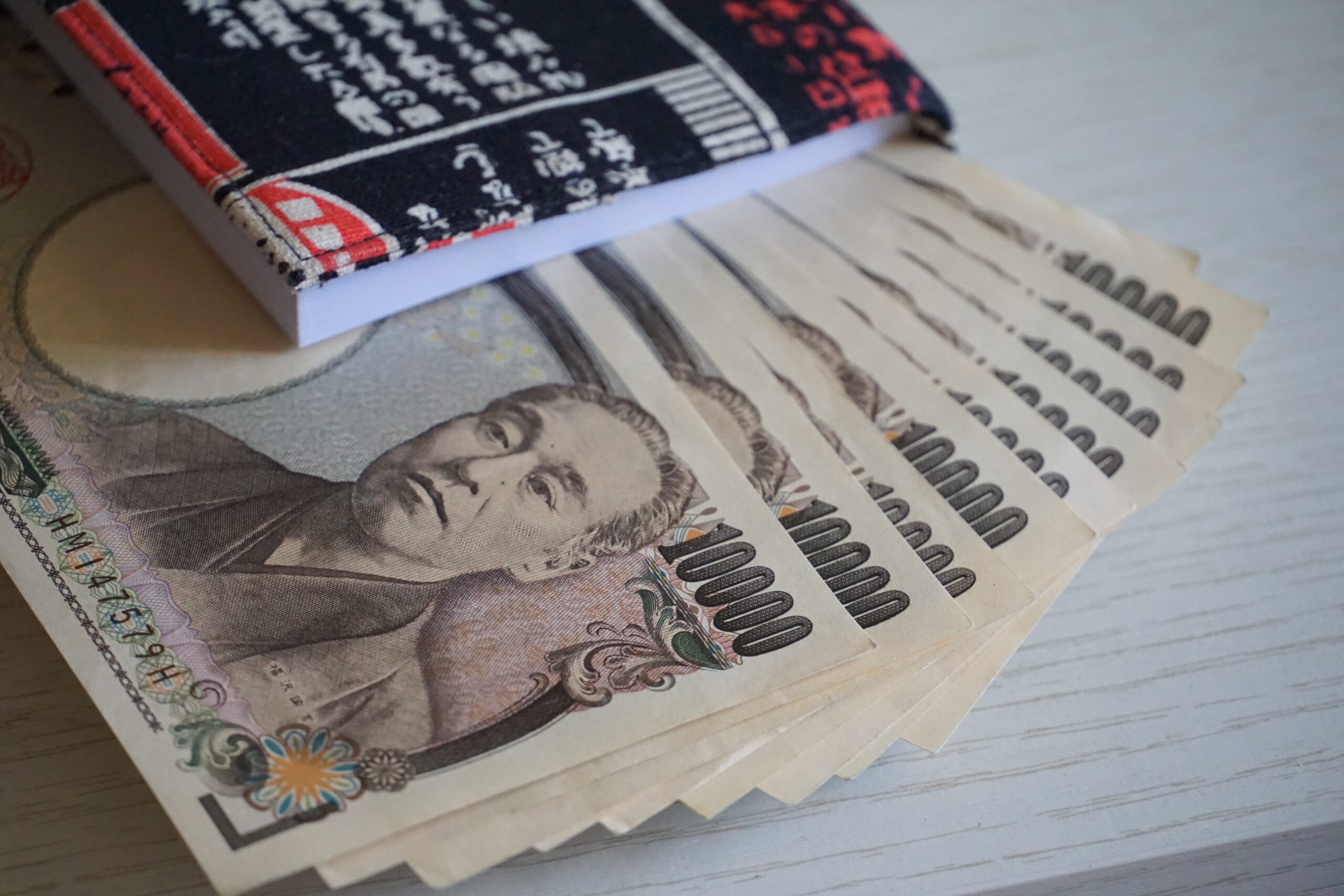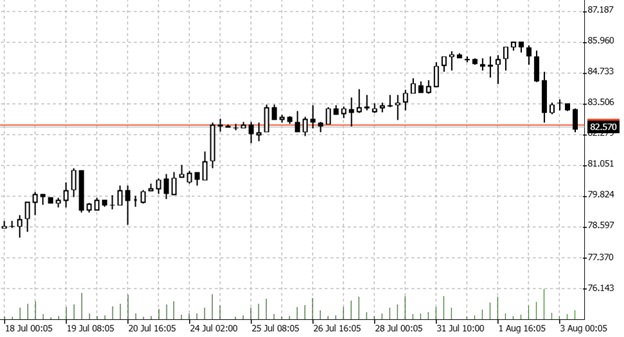

25.08.2023 – The best for the end of the week: Today, Jerome Powell will deliver his speech in Jackson Hole. This year’s symposium of the world’s major central banks is entitled ‘Structural Shifts in the Global Economy’.
The market will be waiting for clues as to whether the Fed thinks more tightening is necessary to push down inflation. This is against the backdrop of an unexpectedly robust U.S. economy. Hopes rest on the fact that the process of disinflation is enough for the central bank to stop pushing interest rates up for now.
Goldman sees brake on tightening
Goldman Sachs expects Powell to reiterate his case for a brake in tightening. The message will otherwise be the same as in the July meeting of the Federal Open Market Committee. For example, the Fed chief will reiterate that the central bank’s decisions will depend on incoming data. Goldman expects a 50 basis point rate move in September, and also 25 points in November and December. Meanwhile, Fed Funds trading suggests a 52.5 percent chance of a 75 basis point hike next month.
We suspect that: If Powell hints at a pause in tightening, we will see a moderate rally. If he even talks about coming interest rate cuts, we are likely to see a bigger bull market. What matters is the tone – if he comes across as too dramatic, many analysts will suspect a coming crisis. This was the case recently in China – although the country is causing some concern for Western central bankers anyway. But if Powell indirectly announces further interest rate hikes, there could be setbacks in the stock market. For example, in the S&P500, here the daily chart. However, the Fed chief is unlikely to deliver such a hawkish speech as he did a year ago, when inflation in the U.S. remained at a 40-year high.

Source: Bernstein Bank GmbH
Simon White, Macro Strategist bei Bloomberg, sagte ein „letztes Hurra“ für den Aktienmarkt nach Jackson Hole voraus. Der Boost werde nur kurzlebig sein, da sich der Ausblick für die Liquidität verschlechtere – dabei verwies er auf die rapide angestiegene Rendite im US-Bondmarkt.
Von allem etwas
Zurück zur Volkswirtschaft. Medienberichten zufolge ist die Fed wegen der widersprüchlichen Gesamtlage gespalten. Tatsächlich ist die Inflation innerhalb von einem Jahr von 8,3 auf 3,2 Prozent gesunken. Die US-Wirtschaft zeigt sich unerwartet robust und die Arbeitslosigkeit ist niedrig. Dies alles, obwohl die Zinsen für Hypotheken, Bankkredite und auch für Kreditkarten gestiegen sind. Somit ist die Tür für weitere Zinserhöhungen eigentlich offen, da die Teuerung noch ein Stück vom Zielwert 2,0 entfernt ist. Die US-Wirtschaft sei eine angenehme Überraschung, allerdings brauche sie vorsichtige Überwachung, sagte jüngst Adam Posen, Präsident des Peterson Institute for International Economics in Washington D.C. und früheres Mitglied der Bank of England.
Doch die Gefahr einer Rezession ist noch immer für viele nicht gebannt. So bezifferte der Blue Chip Economic Indicators, das ist eine monatliche Umfrage vom Informationsdienstleister Wolters Kluwer, das Risiko einer Krise in den nächsten zwölf Monaten auf 50 Prozent. Immerhin war dies ein Rückgang von den 56 Prozent des Vormonats.
________________________________________________________________________________________________________________________________________________________________________
The content of this publication is for general information purposes only. In this context, it is neither an individual investment recommendation or advice nor an offer to purchase or sell securities or other financial products. The content in question and all the information contained therein do not in any way replace individual investor- or investment-oriented advice. No reliable forecast or indication for the future is possible with respect to any presentation or information on the present or past performance of the relevant underlying assets. All information and data presented in this publication are based on reliable sources. However, Bernstein Bank does not guarantee that the information and data contained in this publication is up-to-date, correct and complete. Securities traded on the financial markets are subject to price fluctuations. A contract for difference (CFD) is also a financial instrument with leverage effect. Against this backdrop, CFD trading involves a high risk up to the point of total loss and may not be suitable for all investors. Therefore, make sure that you have fully understood all the correlating risks. If necessary, ask for independent advice. CFDs are complex instruments and are associated with the high risk of losing money quickly because of the leverage effect. 68% of retail investor accounts lose money trading CFD with this provider. You should consider whether you understand how CFD work and whether you can afford to take the high risk of losing your money.7



